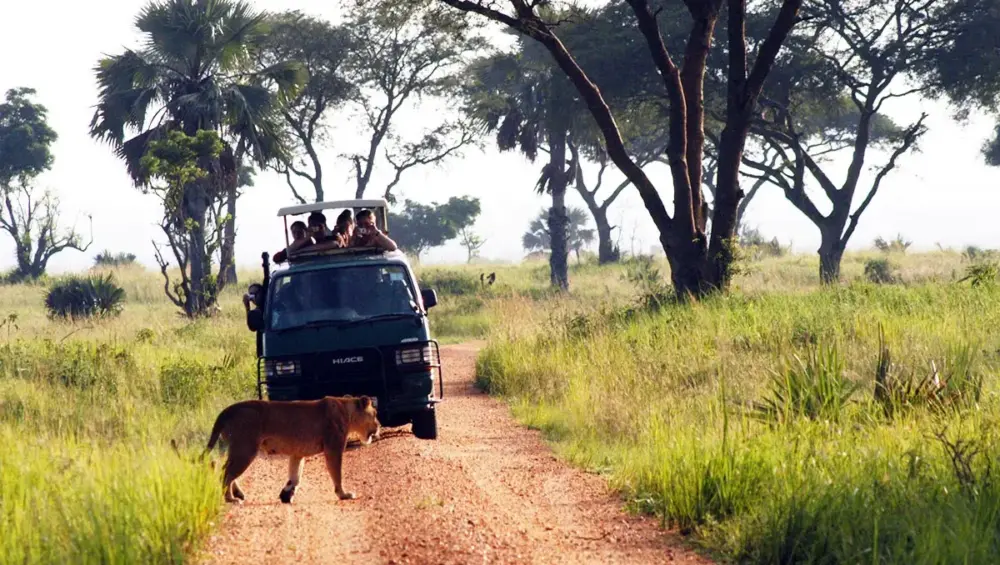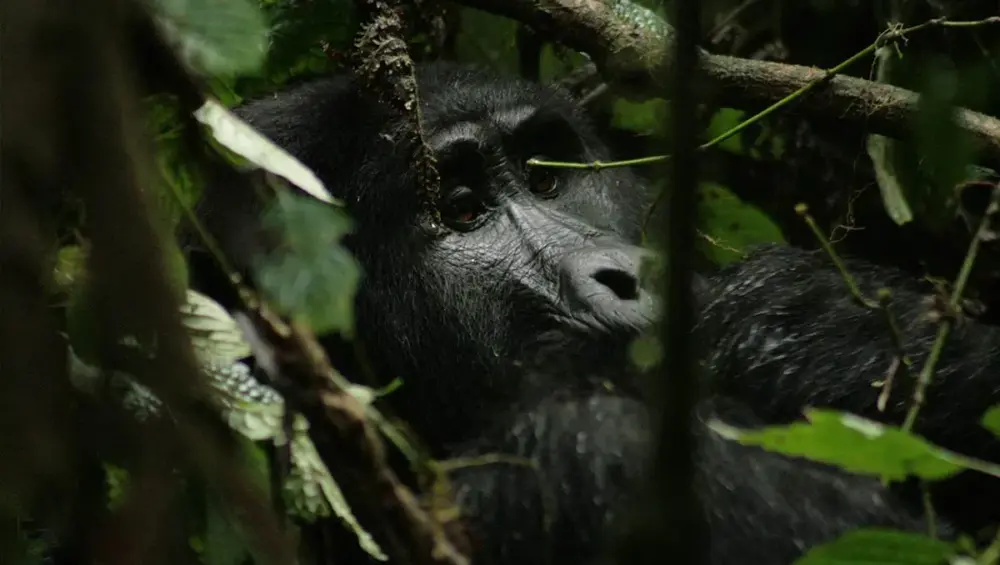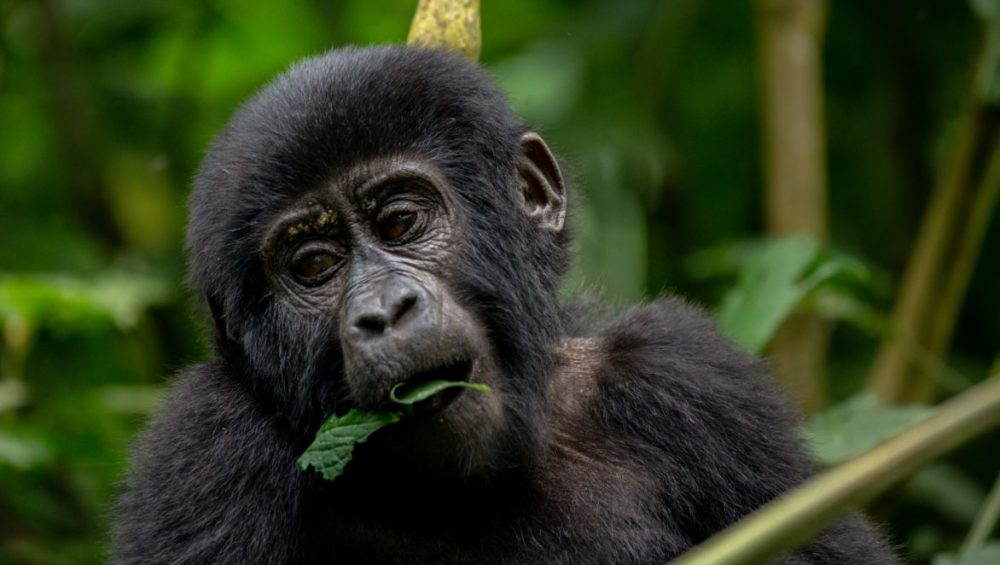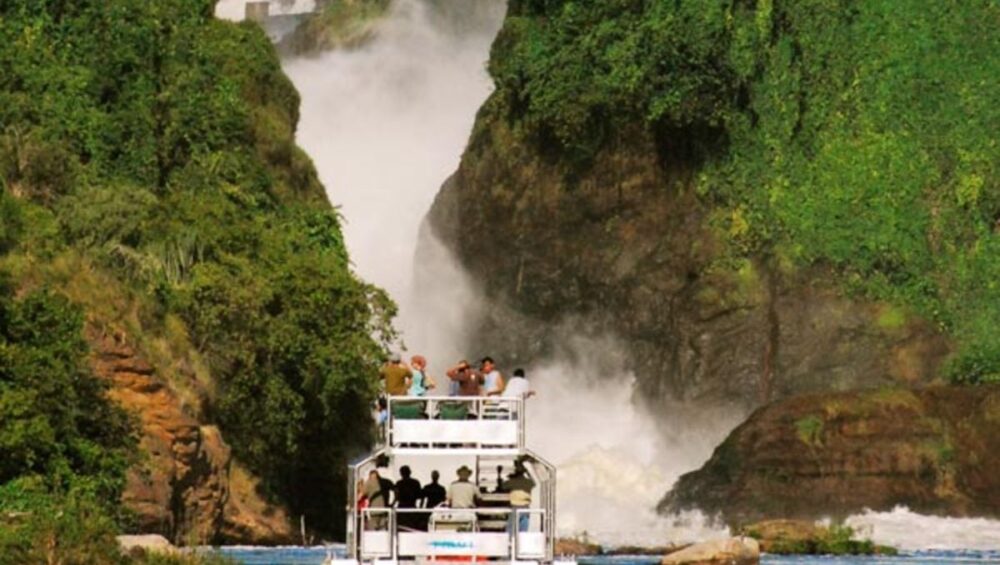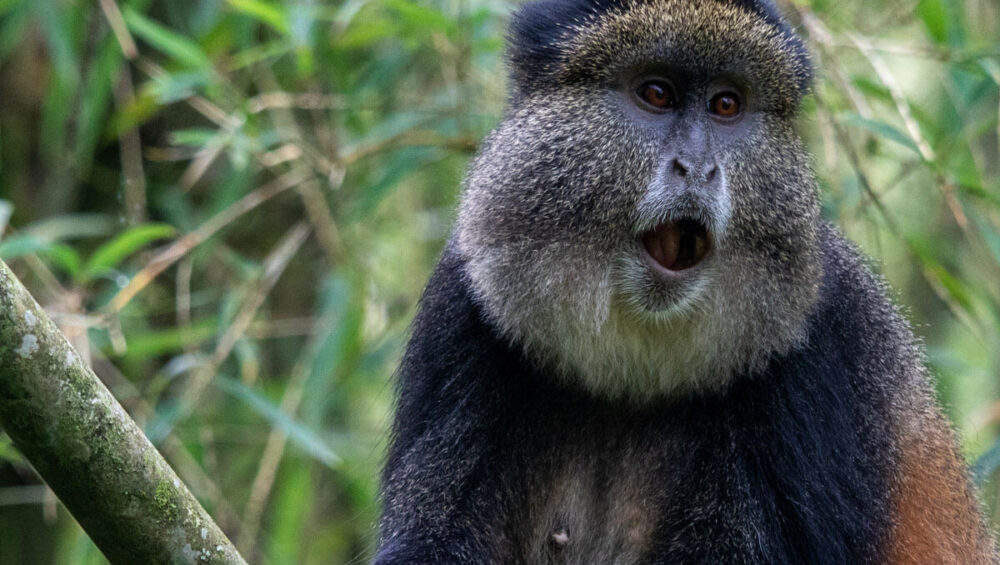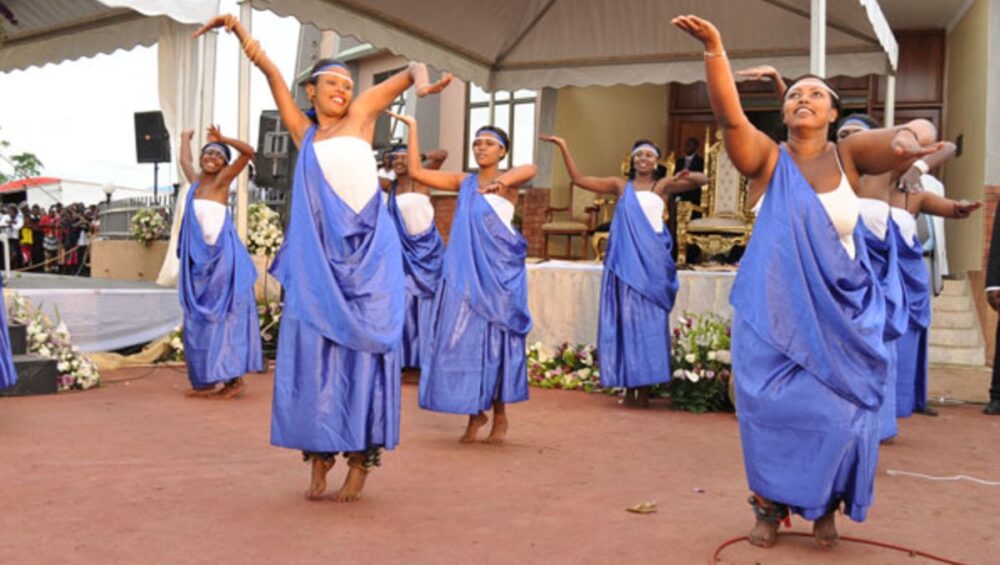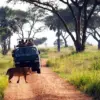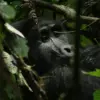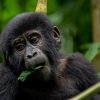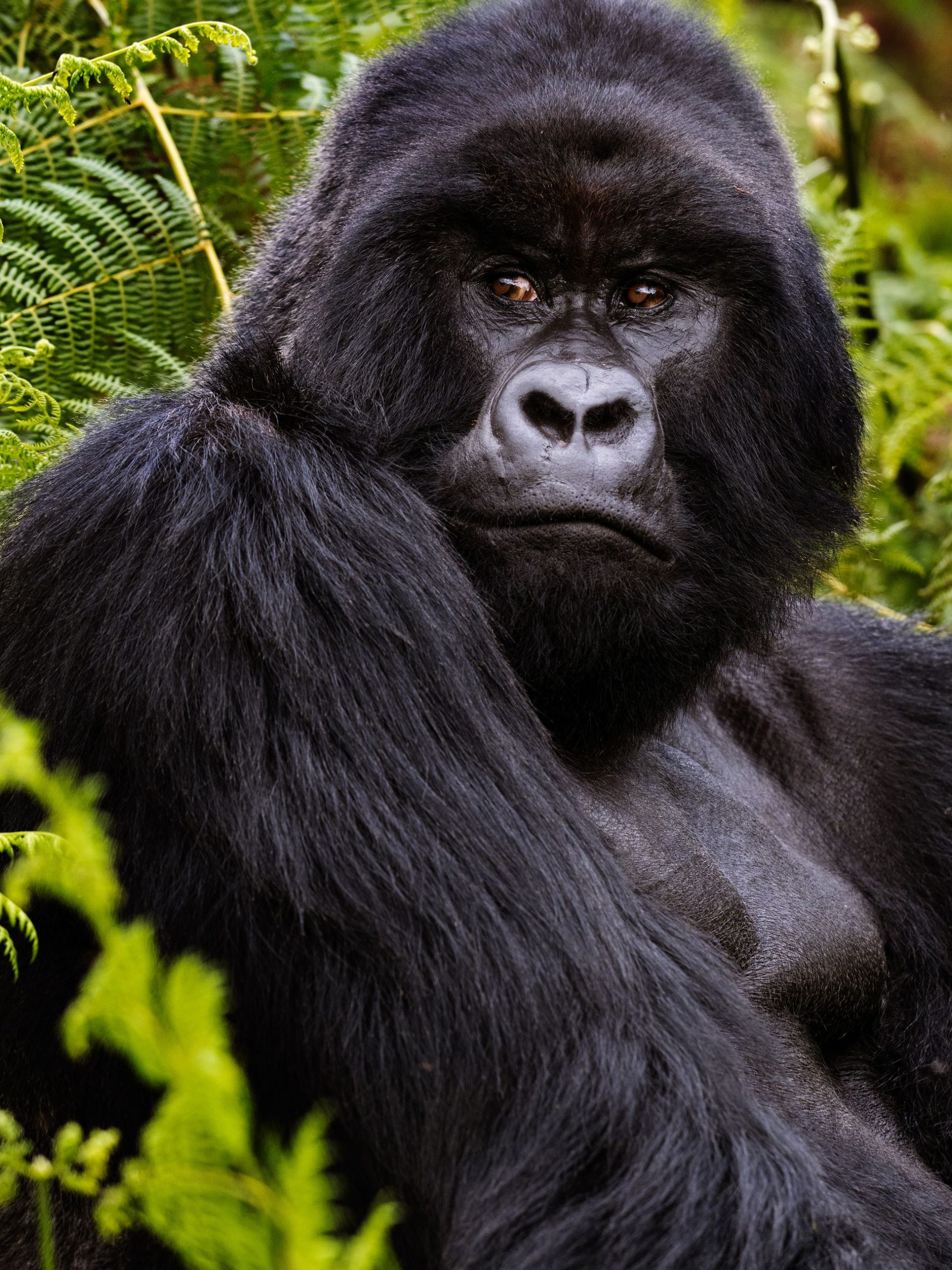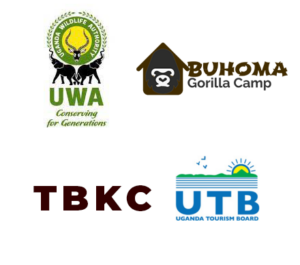Best things to do in Uganda in 2024.
Things to do in Uganda; Uganda is one of Africa’s ideal travel destinations with fantastic natural scenery; captivating fauna and flora. Half of the world´s remaining mountain gorilla population is found in Bwindi Impenetrable National Park and Mgahinga national park. The climate is good in Uganda all year round – hot and wet, daytime temperatures generally hovering between 22-27 degrees Celsius. It cools down at night; enough for a jersey but woolens are not necessary. The rains come twice a year, in October/November (short rains) and Mid-march to end of May. Rainy season is no reason to postpone your travel however, as generally it rains for an hour or two and the rest of the day is clear and sunny.
The park has 10 national parks that are a home to various wildlife that range from animals, birds, waterfalls, mountains, plants, beautiful scenery, primates among many more. Below are some of the activities done while on your visit to the “pearl of Africa”.
Game drives
A game drive is an activity enjoyed by tourists while on their safaris in Uganda. This is used by a car which moves around some National parks that tourists visit. This is also with the help of the game rangers who help you to spot different animals and always tell tourists what the animals are called, where they stay, what they feed on and all information that you want to know about the animals. This will therefore help you get much information while on your Uganda safari.
Game drives are done very early in the morning where you will see animals getting out of their homes and this is the perfect time to observe many animals while on your safaris in Uganda. Game drives are also carried out in the late afternoon as the animals are constructing their homes and here you can also see many animals. This is an interesting activity that tourists enjoy as they get photographs of different animals that are unique, and some are only found in Uganda.
Queen Elizabeth National Park: For a classic African safari experience, the tracks through Kasenyi, the North Kazinga Plains and the Ishasha Sector offer virtually guaranteed buffalo, antelope and elephant sightings, along with warthogs and baboons. Taking an experienced guide in the early morning or at dusk is the most successful way to track down a pride of lions, and maybe even the odd leopard.
Murchison falls national park: A game drive around the Buligi game tracks on the northern bank with a trained ranger guide is a fantastic way to see and photograph the wide range of animals in the Nile Valley. Murchison falls is a home to different wildlife species; over 76 mammal and 451 bird species including the Buffaloes, Jackson hartebeests, Antelopes, Lions, Kobs, Giraffes, Hyenas, Bushbucks, and Warthogs among others. They are widely spread all over the Savannah grasslands, grazing or hunting for prey. This makes the park’s landscape so amazing for game viewing/game driving. Your guide will have a good idea where the lions are hiding, and you may even spot a leopard at dusk!
Lake Mburo National Park: The network of game tracks in the east of the park passes a variety of landscape features including acacia woodland, wetlands, grassy hillsides, rock outcrops and seasonally flooded valley floors. The park has more than 68 mammal species, including zebra, impala, topi, eland, bush buck, buffalo, warthog, leopard, hyena and jackal. There are no elephants and lions in the park, which makes it an ideal place for walking safaris.
Kidepo Valley National Park: A park ranger will help you spot the lions that may be sitting on the valley’s various rocks. Other wildlife includes elephants, leopard, bush duiker, jackal, bushbuck, bush pig, ostrich, buffalo and much more, in the wild Narus Valley.
Semuliki national park: Three tracks cross the savannah grassland of Toro Semliki Wildlife Reserve.
Hot air balloon safaris
Balloon safaris in Uganda are a not so-common activity that has recently been introduced by the Uganda Wildlife Authority (UWA). Hot air ballooning can only be found at the Murchison Falls National Park in Uganda. Hot air ballooning is the kind of activity perfect for those on honeymoon, the adrenaline junkies and those seeking a once in a lifetime adventure. The scenes up there are spectacular and the air fresh and soothing. This for you will be an experience made of thousands of memories you will reminisce every time you think about your Safari in Uganda.
Hot air ballooning is the kind of activity perfect for those on honeymoon, the adrenaline junkies and those seeking a once in a lifetime adventure. The scenes up there are spectacular and the air fresh and soothing. This for you will be an experience made of thousands of memories you will reminisce every time you think about your Safari in Uganda. Hot air ballooning is the kind of activity perfect for those on honeymoon, the adrenaline junkies and those seeking a once in a lifetime adventure.
The scenes up there are spectacular and the air fresh and soothing. This for you will be an experience made of thousands of memories you will reminisce every time you think about your Safari in Uganda.
Bungee jumping
Bungee jumping is described as a sport where the participant free-falls from a platform, springing up and down from tension. It’s about attempting to do something that you thought you couldn’t do and also overcoming your inner most fears with an adrenaline rush!
It involves a number of techniques and set ups such as the swan dive, back dive, bat dive (hanging upside down and dropped) and lastly the water touchdown where the jump is calculated so that the jumper dips into the water without submersion. A boat is always ready for you down at the river, so that you are picked and do not have to swim after your jump.
Birding
Uganda is an equatorial country of astonishing contrasts. No other area in Africa can match its amazing diversity of habitats ranging from arid semi-deserts, rich savannahs, lowlands and montane rainforests to vast wetlands, volcanoes and an afro-alpine zone, and covering an altitude from 650 to 5000 meters.
This richness is reflected in the number of birds per square kilometer the highest than any other country in Africa! Given the small size of the country, which is approximately 235,000 square kilometers, Uganda boasts a national bird list of over 1008 species. This represents more than half the bird species that can be found in the whole of Africa.
Forests: Uganda has an area contiguous with the Great Guinea / Congo Basin rain forest on its western border. Subsequently there are a number of west and central African bird species occurring in Uganda that are not found elsewhere in East Africa.
One particular region is the Albertine Rift Endemic area (ARE), which has 38 species of birds confined to Uganda, Rwanda, Burundi and the Congo. Of these ARE’s Uganda has 25, mostly confined to the forests of Mgahinga and Bwindi National Parks in the southwest.
Wetlands: Uganda has 30,000 square kilometers of wetlands. Not less than 210 species, ranging from the Shoebill and African Skimmer to the endemic Fox’s Weaver, are found in these wetlands. More to the above are four Papyrus endemics; the Papyrus Gonolek, Papyrus Canary, White-winged Warbler and Papyrus Yellow warbler. And a White winged Black Tern roost of 2-3 million birds in the Entebbe area (Lutembe bay).
Savannahs: In Uganda savannahs vary from the remote, semi-dessert, dry thorn-scrub region of Karamoja in the northeast, to the richer fertile savannahs of the western rift valley. Queen Elizabeth National Park has a bird list of 604 species, the highest for any protected area in Africa.
Hiking
There are various highlands and mountains in Uganda where hiking can be easily done. Some of the commonly hiked mountains include mount Rwenzori, mount Muhabura, mount Sabyinyo, Mount Elgon, mount Moroto, mount Mgahinga among others. The hikes take you through the tropical rain forests and bamboo where you will be able to sport some of the country’s forest animals like elephants, buffaloes, duikers, various primates like monkeys, gorillas, chimpanzees, different rivers and waterfalls which are so beautiful to look at as well as different bird species.
Hikes will present you with beautiful scenery of the surrounding landscape. Mount Rwenzori being the highest in Uganda is the most commonly hiked. The top of this mountain is the only place in Uganda where you are able to see snow. The hike to the top of the mountain will take you 7 or more days depending on the hiker’s speed and fitness. All the above mountains have something unique to offer to hikers.
Nature walks
Uganda is endowed with beautiful forests where activities such as forest/nature walks can take place. Some of the forest include Mabira Forest, Budongo Forest, Kibale Forest, Bwindi Forest, Mpanga Forest Reserves, Mgahinga forest. Participating in the nature trails in the forest offer visitors chance to view different primate species such as Chimpanzees as well as red and black colobus monkeys, among others. Besides the primates, the interesting nature walks through the dense ever green tree species in the forest enable the visitors to have an encounter with different forest bird species such as white-thighed hornbill as well as species of puvel’s illadopsis housed in the forest.
Cultural tours
Uganda is not only a country richly blessed with lots of wildlife, birds, great weather, breath taking landscapes, but also with a rich diversity of untapped culture and heritage. With 30 plus tribes, Uganda safaris is definitely the ultimate place to experience the diverse cultural immersion. From the assorted cultural mosaic of music, art, food and hand crafts to the cultural norms, the rituals, and royal regalia the experience is unmatched. With three distinct linguistic groups namely the Bantu, Nilotics, and the central Sudanese people. Each encounter presents you with a different set of practices and beliefs.
The central region is mostly inhabited by the Bantu specifically the Baganda whose history is mostly synonymous with that of Uganda. Other Bantu tribes include the Banyankole, Bakiga, Batooro in western Uganda, Busoga, Bagisu Bagwere among others, then the northern and eastern area of the country are mostly the nilotics who include the Acholis, Itesots, Langis, Alur, Karamojongs, Iks to mention but these, they were the first cattle herding people in the area, but later relied on cultivation to supplement their livestock.
The central sudanic people most of whom live in the northwestern part of the country include the Lugbaras, Alurus, Madis, among others speak a similar language and have strong cultural similarities. All these tribes of Uganda have unique culture to know about.
Chimpanzee tracking
Uganda has various forests and national parks in which chimpanzees can be found. You can either choose to go chimpanzee tracking, or a chimpanzee habituation experience. Some parks offer one options, some offer both. Some of the national parks and forests you can visit if you want to see chimpanzees in Uganda are Kibale national park, Budongo forest- Murchison Falls national park, and Kyambura gorge-Queen Elizabeth National Park, Kalinzu forest are some of the places where you can see gorillas in Uganda.
The best places to have a chimpanzee tracking experience or a habituation experience is in the parks. Habituated chimpanzees are accustomed to human presence and will not run off when they sense or see you approach but will stay put and you can see them and take pictures, from a distance of course.

